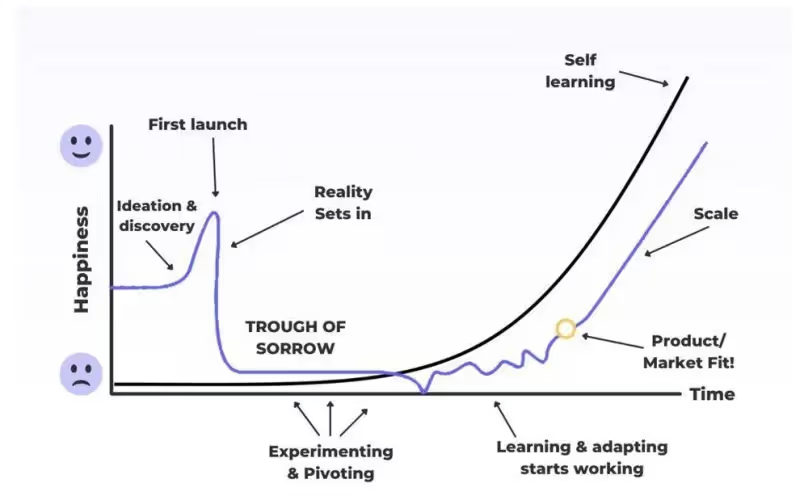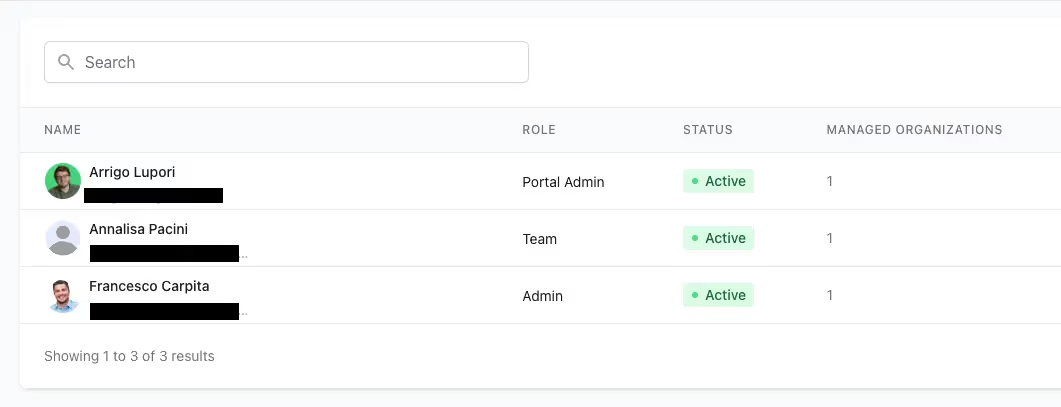7 Practical Steps for Effective Agency Operations [2025]
Learn how to improve your agency's operations with these 7 practical steps meant to support revenue, customer satisfaction, and overall growth.

.avif)

.avif)
Implementing effective agency operations means more than just good project management.
It's about creating an amazing experience for customers, maintaining a productive work environment week over week, and ensuring the profitability of your agency across all growth stages.
These 7 steps will help you improve your agency ops from the ground up.
Agency operations are the cornerstone of any creative or marketing services firm, encompassing a broad array of activities that drive project efficiency and client satisfaction.
The goal?
Year-over-year revenue and profits growth.

These operations involve strategic client and project management, resource allocation, financial management, and rigorous quality control. Each component plays a critical role:
The gist of making your operations "effective” is to follow the 5 principles above as closely as possible without sacrificing too much of one over another. A steady balance of activities.
To do that, you have to price according to the level of value first and effort second.
If you price solely based on team effort, you’ll usually end with a tiny 10 - 15% profit margin
(Or worse, no profit margin at all.)
But if you price based on value while taking team effort into account, you’ll end up offering customers a premium experience that—while higher in price—will ultimately make them much happier.
Platforms like ManyRequests support these fundamental aspects by providing tools that help agencies like yours close new deals, retain customers, and grow revenue. However, the backbone of any agency should be its robust operational framework, independent of any tools.

The client onboarding process is your agency's first impression and sets the stage for the whole relationship. An effective onboarding process ensures that clients understand your agency's method of working, expectations are clearly set, and all necessary information is captured.
You should strive to make the onboarding process as informative and engaging as possible:
All of these are ways to make that first payment a lot more bearable for a customer. Would you rather end up on a blank page when you make a payment or get a series of personalized experiences?
Customers simply love getting pampered.
Surprisingly, good onboarding practices also help your operations quite a bit as they reduce the number of support tickets, complaints, and communications the customer sends over.
This doesn’t mean you shouldn’t invite your customers to participate in your services!
It’s just a reflection of an important customer experience principle:
» If the customer is happy, they’ll have no need to contact you.
Be proactive in anticipating the customer’s needs and keep communicating even if they don’t reply back, especially during onboarding but also throughout the entire business relationship.
It’s basically impossible to successfully run an agency without great communication.
.avif)
Send regular updates, structure meetings and block time on your calendar to ensure nothing overlaps, use collaborative tools that keep all team members aligned and informed.
Good communication is your primary currency.
Operations-wise, it ensures that there are less complaints and—even when delays are inevitable (it happens!)—it demonstrates professionalism and transparency, increasing customer trust.
Here are some of the best ways to communicate progress in your agency:
With platforms like ManyRequests, customers can also share real-time design feedback and keep comments in context of deliveries, reducing turnaround times and improving project quality.
Project management is critical to the success of your agency, involving the planning, execution, and delivery of projects that meet client expectations on time and within budget. This step ensures that your team can adapt quickly to changing requirements and maintain quality with every delivery.
Effective project management in an agency involves:
In project management, it's essential to see the big picture and sweat the small details.
It’s about balancing scope, time, cost, quality, resources, and risk.
Make sure account managers deal with all the charting and organizing and give them freedom to assign resources based on their availability. Use software to check that resources aren’t overbooked.
Financial management is a pivotal aspect of agency operations, ensuring your agency's financial health and supporting project delivery. Many agency owners think that they’re doing the customer a disservice by pricing their services high, but it’s actually the other way around.
You have to price high.
Nickeling and diming isn’t going to take you far and neither your customers.

Before you pull out the calculator and start crunching numbers, make sure your prices are that of a healthy agency. We’re talking anywhere between $4k to $20k a month as a start.
Agencies should be more cost-effective than hiring an entire marketing team internally, but should never be cheaper than a single dedicated professional as they often bring more value.
It's also important to regularly review financial reports to understand cash flow, profit margins, and expenditures. Implement a robust accounting system or software like Xero or QuickBooks on top of billing and invoicing software like ManyRequests for a complete financial solution.
Regular financial audits and consulting with a financial advisor can also provide insights into optimizing your pricing strategy and investment decisions.
Outsourcing non-core activities is a strategic approach that can increase your agency's focus on what it does best. By outsourcing tasks like graphic design, content creation, or IT services, you can leverage external expertise and increase your operational efficiency.

Consider these factors when outsourcing:
Outsourcing will often save you time and money but—if carried out incorrectly—it can also exacerbate the problems you were trying to solve in the first place. Don’t outsource as a way to offload responsibility but as a strategic tool to increase your agency’s output while maintaining the same quality.

Making the quality assurance process a priority within your agency is crucial for delivering high-standard projects consistently. This can be achieved by integrating project management tools that offer detailed oversight and tracking of all activities. Here's how to build a robust quality control system:
By incorporating these strategies into your quality assurance process, you ensure that every project is executed with the highest standard, maintaining client satisfaction and operational efficiency.
ManyRequests provides a suite of creative agency tools that centralize and streamline project management, client communication, and financial tracking—all in one place.

Since it’s designed specifically for the needs of creative agencies, it offers functionality that is entirely focused on improving your operations and maximizing profitable engagements:
And a lot more!
If you’re looking for software that can accelerate your journey from small service provider to large agency, ManyRequests has helped 100s of customers follow that same path.